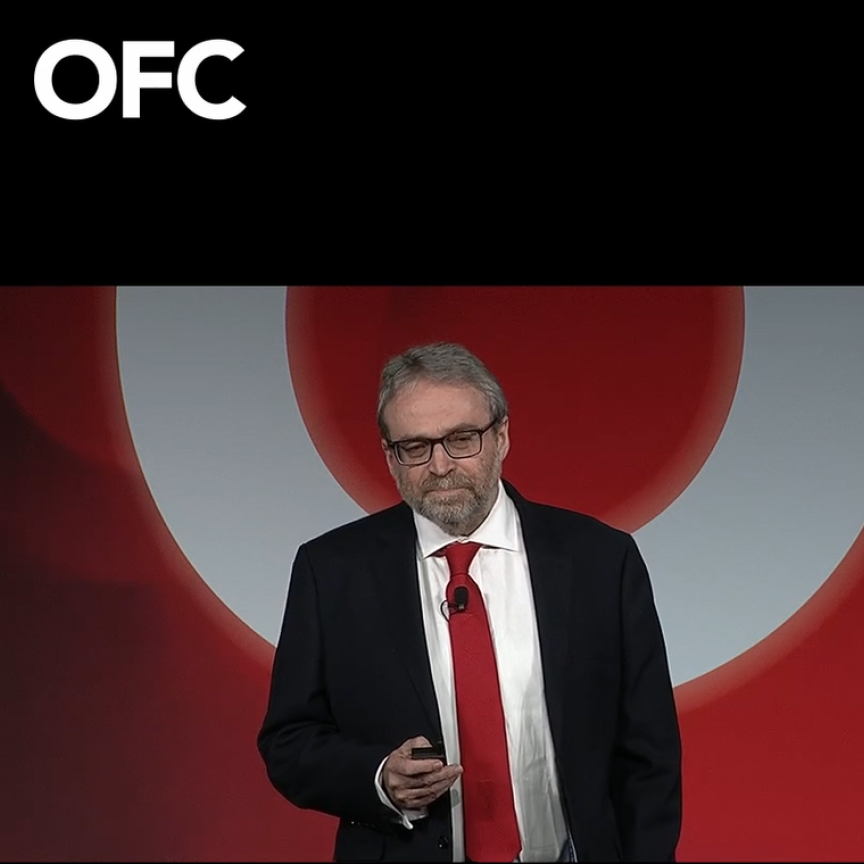A team of scientists at the National Physical Laboratory (NPL) have successfully demonstrated a new technique that can transform undersea power and telecom cables into arrays of environmental sensors.
The new technique has the potential to revolutionise monitoring of the earth because it can allow scientists to acquire for the first time continuous, real-time environmental data from the bottom of seas and oceans.
Previous work by NPL and its partners in 2018 showed that submarine cables could be repurposed as sensors for the detection of underwater earthquakes by using ultra-stable interferometric techniques. However, one cable could act only as a single sensor, and measurements were limited only to the integrated changes over the entire length of the cable. The new research demonstrates how some cables can be converted into an array of sensors rather than just a single sensor.
The NPL-led team, including researchers from the University of Edinburgh, the British Geological Survey, the Istituto Nazionale di Ricerca Metrologica (INRiM), and Google, tested the technique on a 5,860km intercontinental submarine optical fibre link between the UK and Canada. They demonstrated the detection of earthquakes and ocean signals, such as waves and currents, on individual spans between repeaters spread across the entire transatlantic connection. The optical fibre in each span acted as a sensor. Up to 12 sensors were implemented along the cable. Future upgrades will increase this number to 129. Crucially, the data from these sensors can be recorded, continuously and in real time. The cable-based array of sensors can identify the epicentral area of earthquakes in the same way as land-based seismometers.
It is thought that by applying this new method to an existing network of submarine cables, huge and currently unmonitored areas of the ocean could potentially be instrumented with thousands of permanent real-time environmental sensors. It could effectively transform underwater telecoms infrastructure into a giant array of geophysical sensors. Integrating this approach with current seismometer-based networks could provide the potential to substantially expand the global earthquake monitoring infrastructure from land to the seafloor where only a handful of permanent seismometers are currently installed. It would not require any change to the underwater infrastructure, providing an affordable and scalable solution for sea floor monitoring on a global scale.
The research also opens up the possibility of monitoring for other natural phenomena – for example, improving our understanding of deep-water flows, including the proposed slowing down of the Gulf Stream due to rising global temperatures. The results demonstrated that the method could also potentially be used for real-time detection of tsunamis. The team now plans to test the method on multiple submarine cables, including those in more seismically active areas such as the Pacific Ocean where there are more opportunities to properly assess the ability to accurately detect tsunamis.
Giuseppe Marra, principal research scientist at NPL said: ‘This new technique opens a new era for Earth monitoring by providing for the first time a feasible solution to the lack of environmental data from the bottom of seas and oceans. We can now harness existing underwater cables as a valuable tool for Earth sciences and beyond. This breakthrough is a perfect example of how ultra-stable optical frequency metrology can transition from the laboratory to improve our understanding of the world and also deliver tangible benefits to society.’
Valey Kamalov, principal engineer at Google Global Networking, Optica Foundation Board of Directors added: ‘Synergy of optics, geophysics, and submarine cable engineering produced extraordinary results applicable to climate change and public safety. It is an excellent example of public-private partnership with clear societal benefits. I encourage the cable industry to watch the technology's progress.’
Ciaran Delaney, chief operating officer at EXA Infrastructure commented: ‘Earth is being observed as never before; we are excited by the potential of NPL’s breakthrough sensing capabilities using our subsea cables and by the possibility of enabling such scientific advancements.’
Professor Andrew Curtis, chair of mathematical geoscience at the School of GeoSciences, University of Edinburgh, said: ‘Oceans cover two-thirds of planet Earth, yet we know relatively little about deep oceanic processes such as currents and water-borne sounds, and about processes that occur in the Earth's crust beneath the deep oceans such as volcanism, landslides and small earthquakes. This new type of sensor array extends across the Atlantic Ocean between the UK and Canada, and records earthquakes, storms and deep ocean tides, all remotely from the on-shore landing station. We can now create a new, global network of sub-oceanic sensors, providing a unique insight into planet Earth.’
Brian Baptie, head of the Earth Seismology team at British Geological Survey commented: ‘This research has the potential to transform our ability to make measurements over vast areas of Earth’s surface where it is very difficult to use conventional sensing technologies. It creates an amazing opportunity to observe earthquakes in the middle of oceans at close range as well as the tantalising possibility of measuring other natural phenomena like submarine volcanic eruptions and tsunami in future.’
Davide Calonico, researcher at INRiM, added: ‘Our seminal work in 2018 turned coherent laser interferometry from a laboratory technique to a powerful tool for geophysical sensing, and today a new step forward confirms it can be extended to thousands of kilometers, reaching even the most remote areas of our planet. This collaboration also succeeded in demonstrating how optical communication networks can be employed in a smart way, for advancing science and society.’
The results were published in Science Magazine. The full results from this research can be viewed in the team’s paper here https://www.science.org/doi/10.1126/science.abo1939

